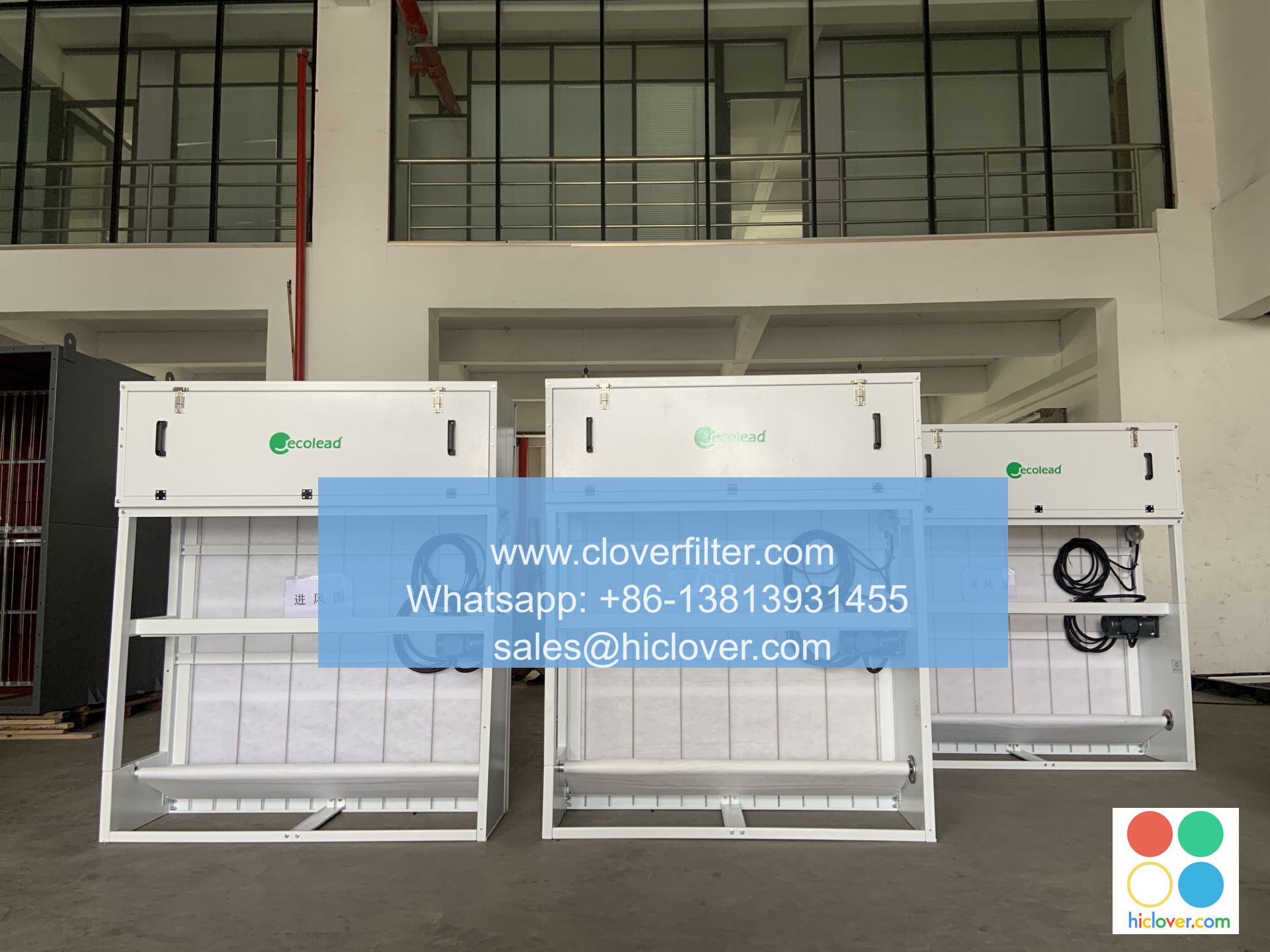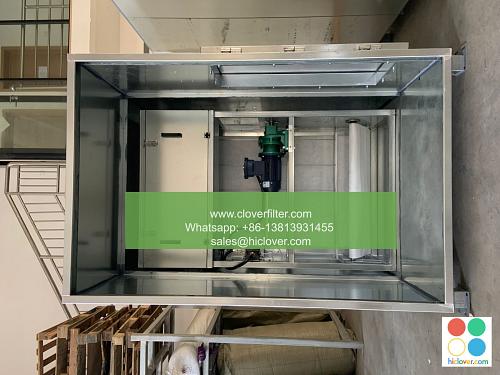Air Filter Analysis for Allergies and Asthma Prevention

Air filter analysis is a crucial aspect of maintaining good indoor air quality, particularly for individuals suffering from allergies and asthma. In this article, we will delve into the world of air filter analysis, highlighting its importance, various application areas, and the key factors to consider when selecting an air filter for allergies and asthma prevention.
Understanding the Impact of Indoor Air Quality on Allergies and Asthma
Indoor air quality plays a significant role in triggering allergic reactions and asthma attacks. Pollutants such as dust, pollen, pet dander, mold, and volatile organic compounds (VOCs) can exacerbate respiratory issues, making it essential to implement effective air filtration systems. Air filter analysis helps identify the most suitable air filters for removing these pollutants, thereby reducing the risk of allergic reactions and asthma attacks.
Key Factors to Consider in Air Filter Analysis for Allergies and Asthma
When analyzing air filters for allergies and asthma prevention, several key factors come into play. These include:
* MERV Rating: The Minimum Efficiency Reporting Value (MERV) rating measures an air filter’s ability to capture particles of varying sizes. A higher MERV rating indicates better filtration efficiency.
* HEPA Filtration: High Efficiency Particulate Air (HEPA) filters are designed to capture 99.97% of particles as small as 0.3 microns, making them an excellent choice for removing allergens and asthma triggers.
* Filter Media: The type of filter media used can significantly impact an air filter’s performance. Common filter media include fiberglass, pleated filters, and electrostatic filters.
* Air Flow Rate: The air flow rate measures the volume of air that passes through the filter. A higher air flow rate can lead to more effective filtration, but may also increase noise levels and energy consumption.
Application Areas for Air Filter Analysis
Air filter analysis has numerous application areas, including:
* Residential Air Filtration: Implementing effective air filtration systems in homes can significantly reduce the risk of allergic reactions and asthma attacks.
* Commercial Air Filtration: Offices, schools, and other commercial spaces can benefit from air filter analysis to improve indoor air quality and reduce the risk of respiratory issues.
* Industrial Air Filtration: Industrial settings, such as factories and manufacturing facilities, require specialized air filtration systems to remove pollutants and maintain a safe working environment.
* Healthcare Air Filtration: Hospitals, clinics, and other healthcare facilities rely on air filter analysis to ensure the air is free from contaminants and pathogens.
Emerging Trends and Technologies in Air Filter Analysis
The field of air filter analysis is constantly evolving, with emerging trends and technologies aimed at improving filtration efficiency and reducing maintenance costs. Some of these advancements include:
* Smart Air Filters: Equipped with sensors and IoT technology, smart air filters can monitor and adjust to changing indoor air quality conditions.
* Nanofiber Filtration: Nanofiber filters offer superior filtration efficiency and can capture particles as small as 0.1 microns.
* Biodegradable Filters: Biodegradable filters provide a sustainable alternative to traditional filters, reducing waste and minimizing environmental impact.
Conclusion
Air filter analysis is a vital component of maintaining good indoor air quality, particularly for individuals suffering from allergies and asthma. By considering key factors such as MERV rating, HEPA filtration, filter media, and air flow rate, individuals can select the most effective air filter for their specific needs. As the field of air filter analysis continues to evolve, emerging trends and technologies will play a crucial role in improving filtration efficiency and reducing the risk of respiratory issues. By highlighting various application areas and emphasizing the importance of air filter analysis, we can work towards creating healthier indoor environments for everyone. You haven’t asked a question or provided any context. Please provide more information or ask a question so I can assist you.

